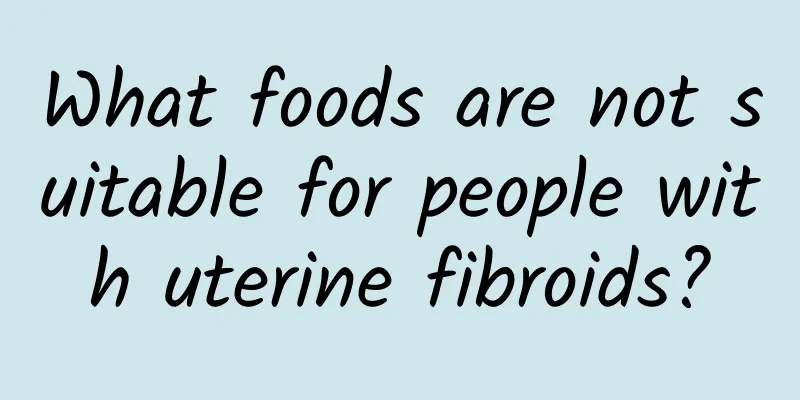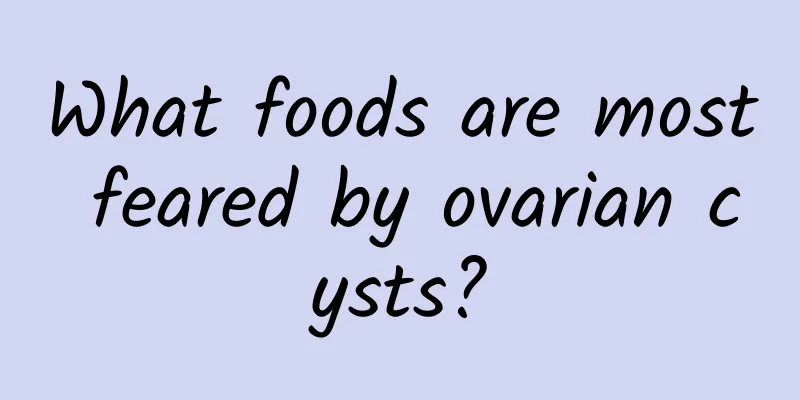What are the symptoms of polycystic ovary

|
Polycystic ovary is a disease in obstetrics and gynecology. The incidence of this disease has been high in recent years. Suffering from polycystic ovary will also have a certain impact on the patient's health and life. For diseases such as polycystic ovary, people need to understand the relevant situation in detail and take timely and effective treatment to reduce the harm of the disease. Polycystic ovary is a chronic disease. It takes a long and drawn-out process for the disease to develop. Most patients will experience menstrual disorders in the early stages of the disease. If this situation persists for a long time, it will also cause anemia, limb weakness, sweating, mental depression, etc. in the patients, which is very dangerous. Patients with polycystic ovary syndrome may also experience heavier hair, hyperandrogenic acne, hair loss, seborrhea, obesity, infertility, insomnia and even depression during the onset of the disease, which will also have a certain impact on the patient's daily work and life. Polycystic ovarian disease not only has a wide range of symptoms, but also has a very complex cause. Medically, it is believed that the main cause of this disease is genetic and congenital developmental abnormalities. In addition, gene mutations, hormone stimulation, viral infections, autoimmune diseases, etc. can also cause the disease. Since polycystic ovary disease is very harmful, it is necessary to pay more attention to the disease. If the disease is found, timely examination is needed. Methods for examining polycystic ovary disease include ultrasound examination, imaging examination, blood routine examination, hormone test and laboratory examination. The diagnosis of polycystic ovary disease also needs to be differentiated from diseases such as infertility, theca cell hyperplasia, ovarian cysts, ovarian masculinizing tumors and adrenal cortical hyperplasia. If the disease is confirmed, oral contraceptives, glucocorticoids, ovulation-inducing drugs and surgery can be used for treatment. No matter which method is chosen to treat the disease, patients need to actively cooperate with doctors and pay special attention in daily life. Patients with ovarian polycystic disease should relax, and family members should comfort the patient's emotions. The diet should be based on light food, correct incorrect eating habits, and avoid eating irritating foods. It is necessary to do some physical exercise appropriately and avoid living in a humid environment, so as to help doctors treat. |
<<: Can I get pregnant with bilateral polycystic ovaries?
>>: What are the symptoms of polycystic ovaries?
Recommend
Experts explain what to pay attention to after medical abortion
Medical abortion is a frequently used method in a...
What are the causes of irregular menstruation
Irregular periods can be caused by a variety of r...
Will cervical erosion lead to infertility? Do two things to prevent cervical erosion from becoming cancerous
Cervical erosion brings a lot of trouble to women...
Don’t be selfish! Supermodel reveals her slim legs and perky butt
No time to go to the gym? ! What should you do if...
Can I still get pregnant if I have a cyst on the left side of my uterus?
Left uterine cysts usually do not prevent pregnan...
No NG if you are slim! TOP 10 Wrong Weight Loss Methods
"My belly is so big, my pants are getting ti...
Can female uterine effusion be cured?
Can female uterine effusion be cured? Uterine eff...
The incidence of physiological ovarian cysts
The incidence of physiological ovarian cysts is h...
The coach will help you lose weight quickly! 8 sets of light muscle exercises to transform into Captain America
Do you want Captain America's muscular body? ...
Common causes of ectopic pregnancy
The phenomenon of ectopic pregnancy is quite comm...
Is there a high chance that cervical warts will heal on their own?
In this era, various diseases come with it. Even ...
How long should you wait after a miscarriage to have sex? What should you pay attention to after a miscarriage?
Generally, you need to wait one month after a mis...
What should women pay attention to during the treatment of cervicitis? 6 things patients with cervicitis need to pay attention to
Many female patients with cervicitis will miss th...
Ectopic pregnancy may be caused by maldevelopment of the fallopian tube
Ectopic pregnancy may be caused by dysplasia of t...
What are the ways to prevent miscarriage?
What are the ways to prevent miscarriage? There a...









